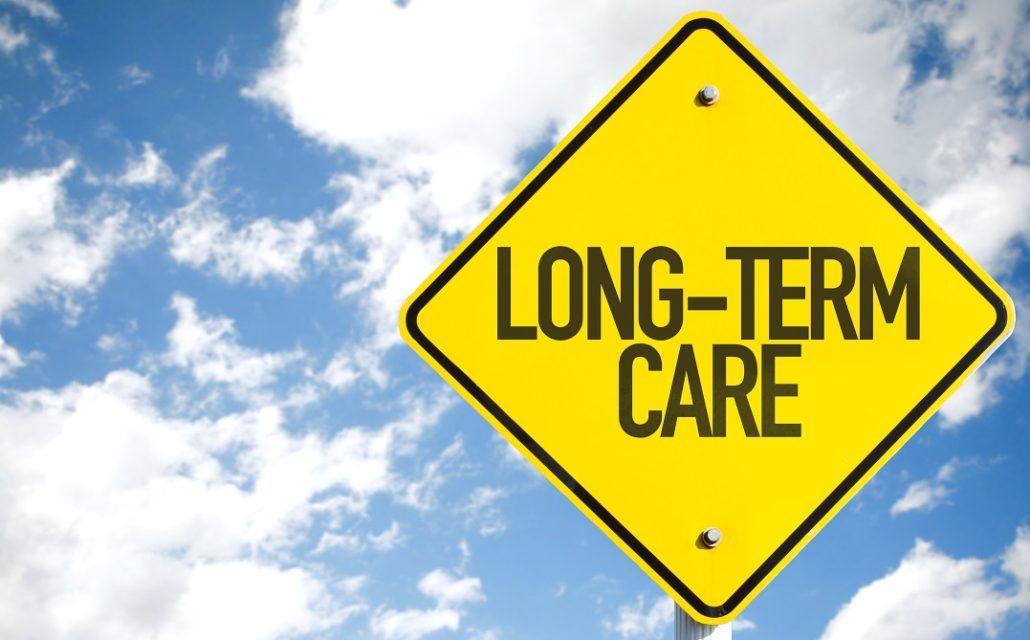The COVID-19 crisis began in China. As the virus spread across the globe, each country handled the pandemic differently. Sweden, for example, has had one of the most liberal policies, with essentially no business closures, no social distancing, and no ban on group activities. Sweden is now experiencing a spike in cases and is re-evaluating its approach. (here)
Japan, on the other hand, has had tremendous success in combating the virus. (here) The country saw an early spike in cases and deaths, but now has a near-zero spread of the virus. Japanese officials were very aggressive about identifying the nature of the virus and locations of viral clusters. They found that places where people socialized in closely packed environments led to high case rates.
Consequently, the Japanese were warned to avoid restaurants, bars, gyms, and live music events. They were also advised to social-distance, wear masks, and use good hand washing and hygiene techniques. They almost universally followed these common sense practices and have seen the number of cases plummet.
The Japanese culture is clearly different than that of the U.S. For example, wearing masks was already common in Japan and widely practiced for any cold or flu symptom. Also, the country is a series of islands and aggressively closed its border to foreign travelers early in the pandemic.
Each country is obviously different. Yet as the U.S. gradually opens up the economy, Americans can learn from other societies what has worked and what is effective at preventing spread of the virus.





